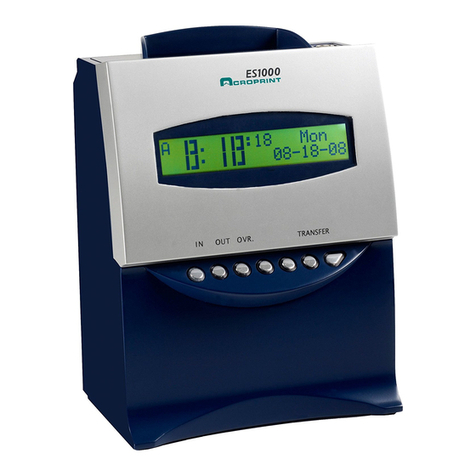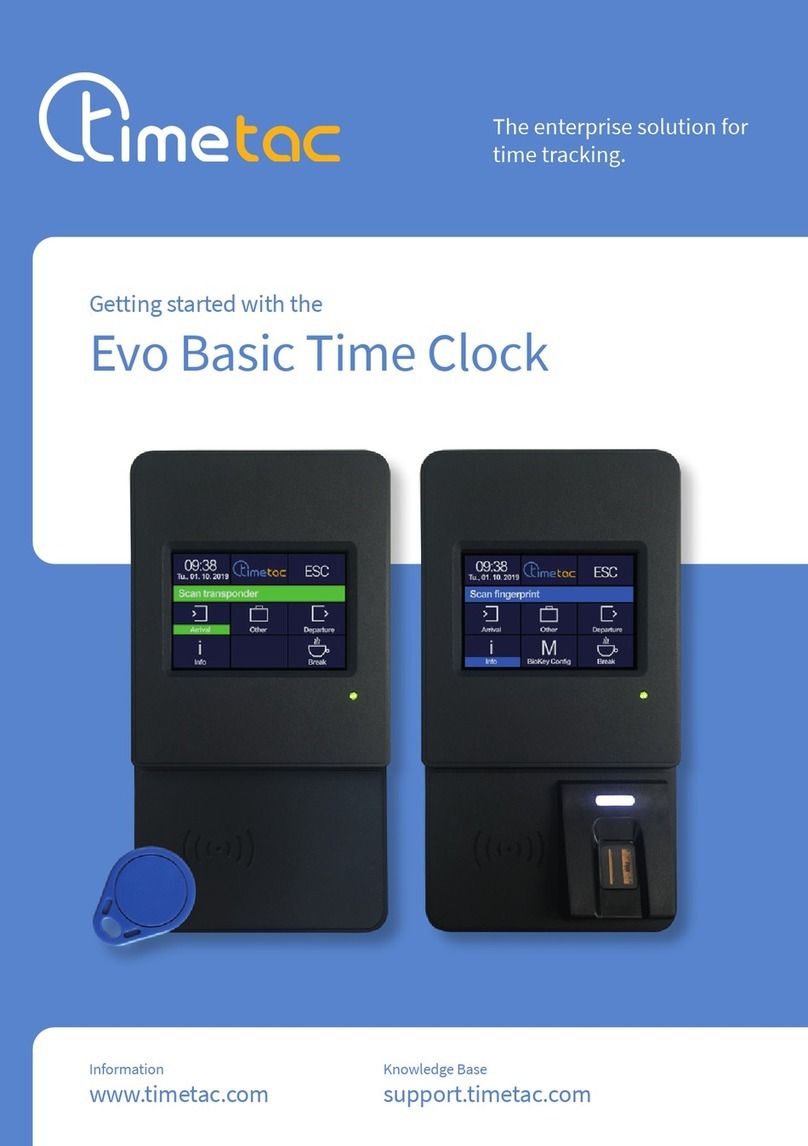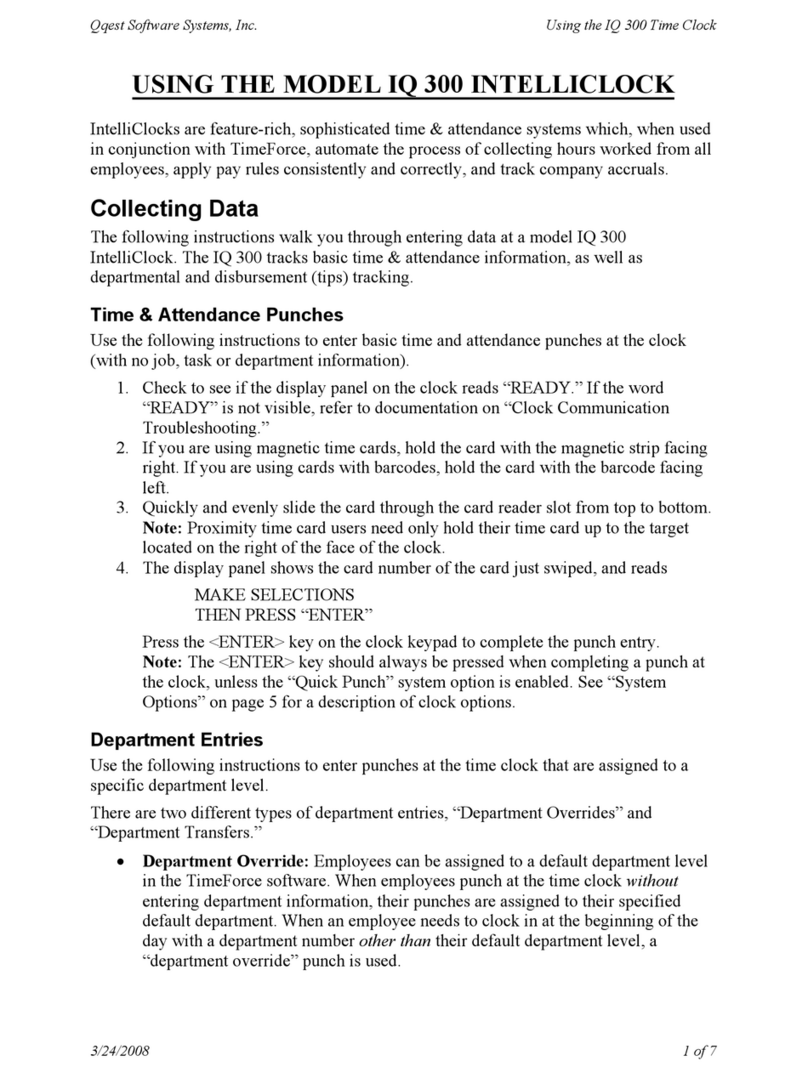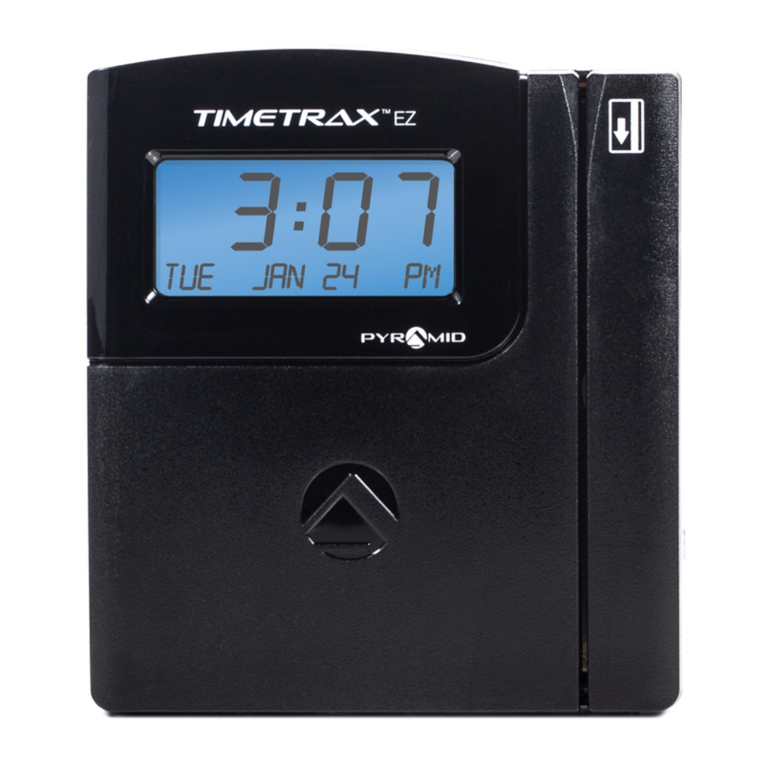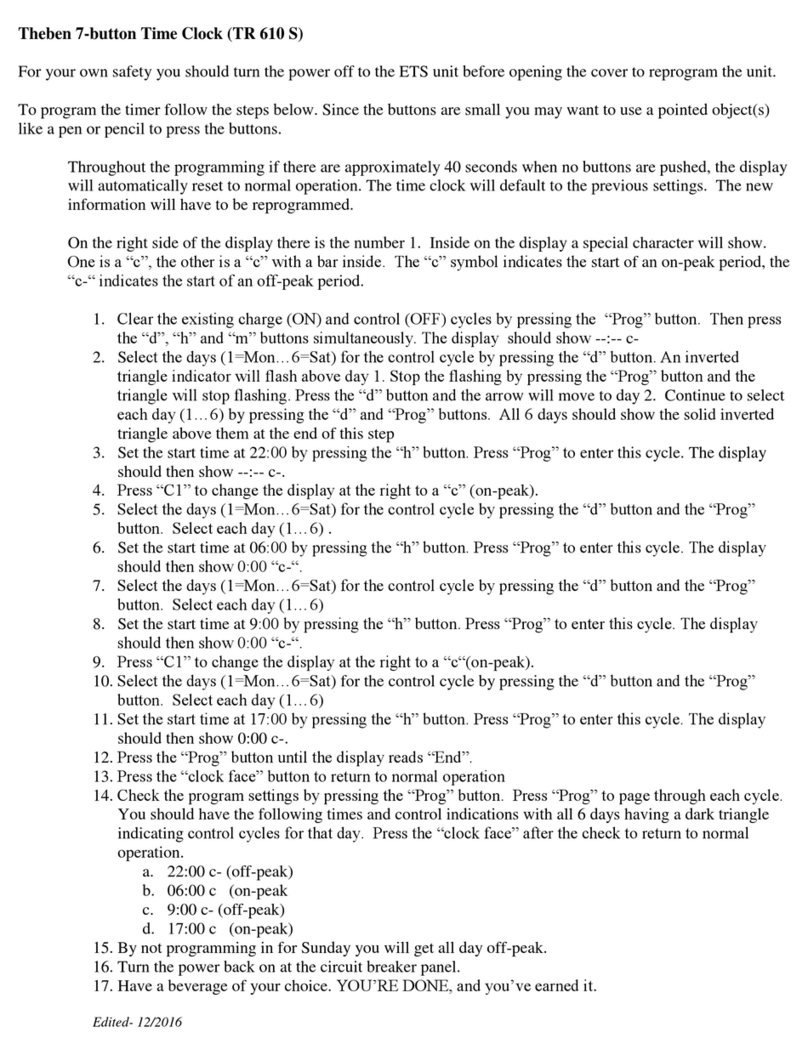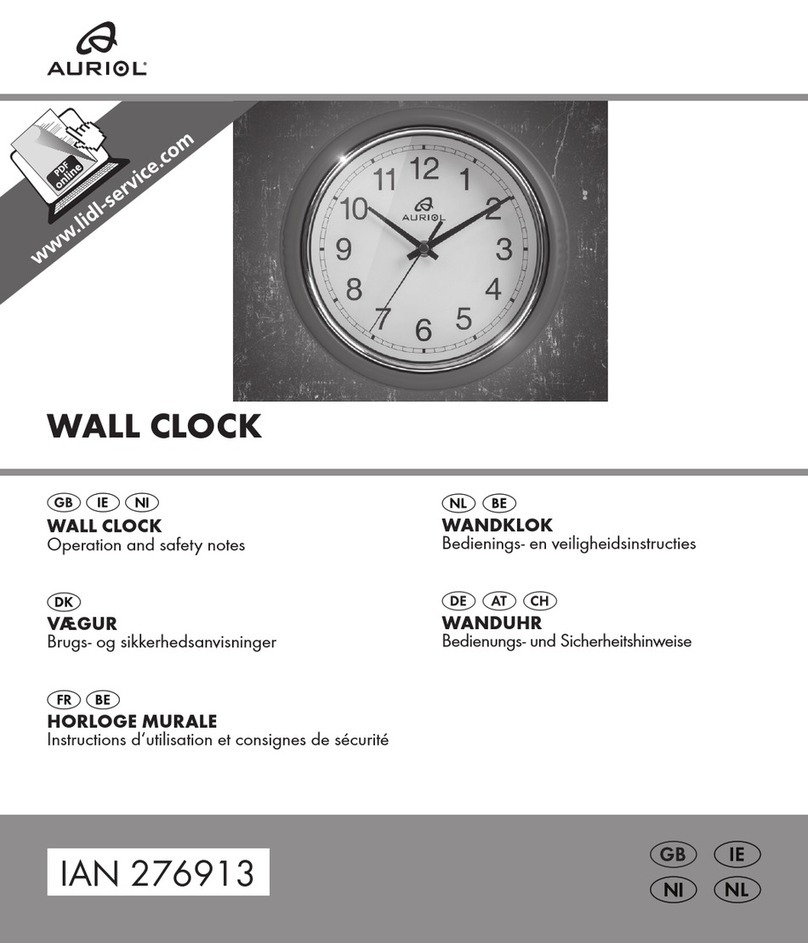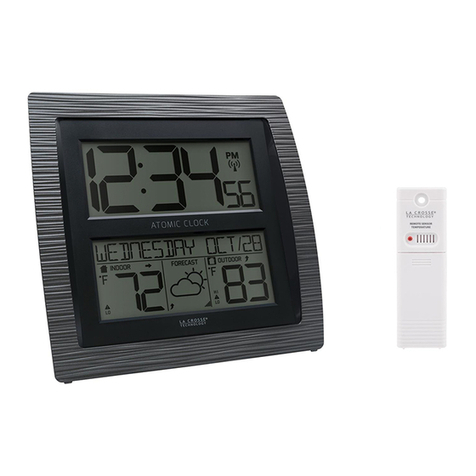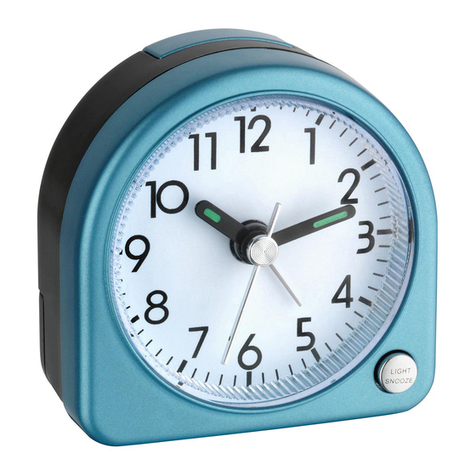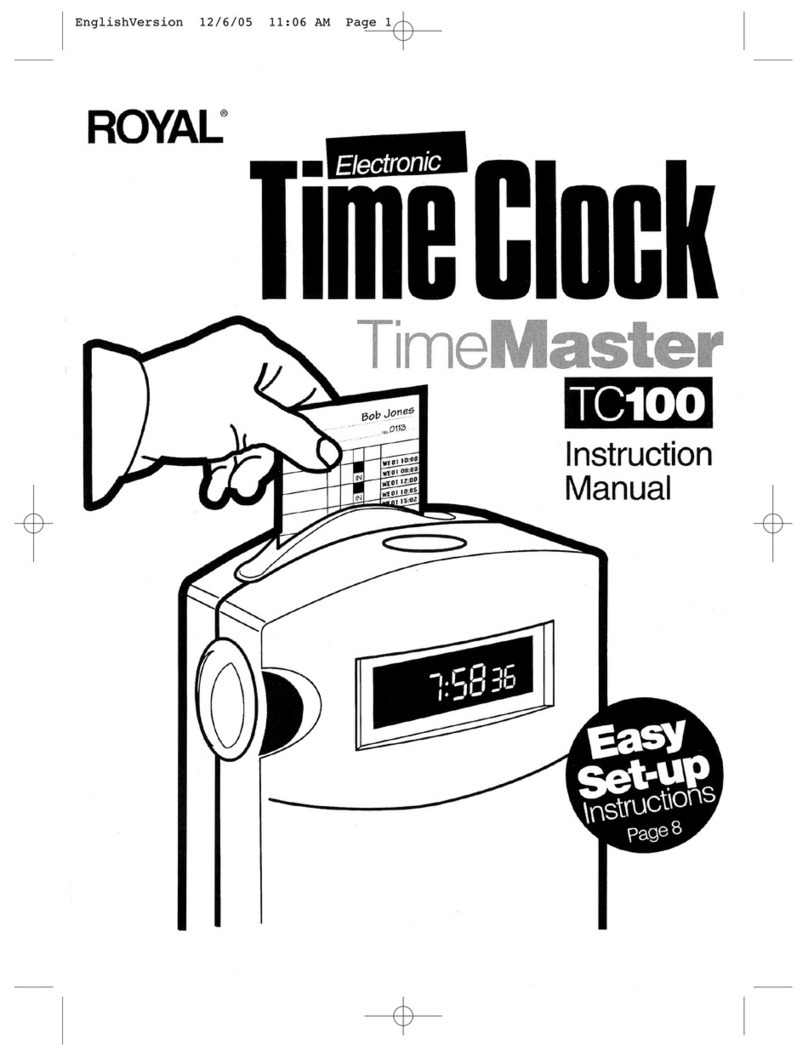
Setting the time and date
-page 6 of 6-
International
dateline at
6pm -
calendar
indicator lines
75% to the
next day
•Adjust calendar: Turn the knob (it moves C OCKWISE ON Y) until the
progress of the black indicator lines match the progress of the dateline on the
map
oAt 9:15am in aris on May 7th, the international dateline intersects
8:15pm, leaving approximately four of the 24 hours in the day, which is
around 17%. recisely locating the indicator line at 17% is not realistic,
so the best estimate is shown below.
oTo improve the calendar indicator line synchronization with the
international dateline, set the calendar when the international dateline is
either at noon or midnight. Most people are okay with the rough estimate
of the calendar date since the difference is imperceptible.
Dateline
Since Paris is to the left of the dateline, the
bottom row is used. Most of May 7
th
has
passed from the perspective of the
international dateline, so the black indicator
line is close to the line separating the 7
th
and
the 8
th
..
In North America, the
continent is right of the
dateline and therefore the top
row would be used
